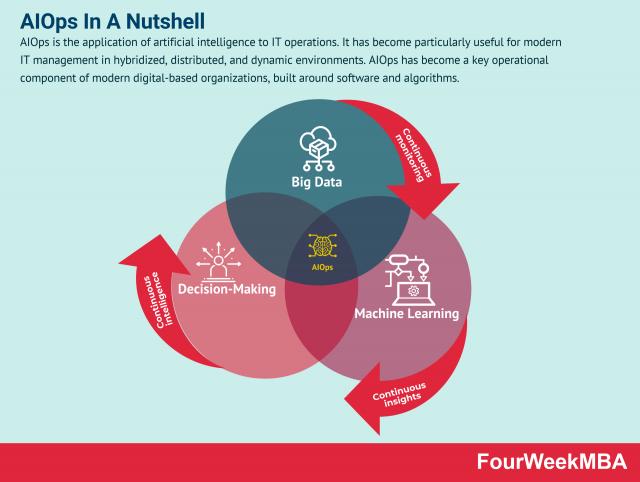Empirical process control is a methodology used in project management and Software Development that emphasizes iterative, incremental, and data-driven approaches to managing and improving processes. It relies on real-time feedback, observation, and experimentation to adapt and optimize processes based on Empirical evidence and observed outcomes.
Related Articles
Empirical process control is a core principle of Agile methodologies, such as Scrum and Kanban, and is widely used to enhance transparency, predictability, and adaptability in complex and dynamic environments.
Key Concepts
- Empirical Process: An empirical process is characterized by the use of observation, experimentation, and feedback to make decisions and improve outcomes. It acknowledges the inherent uncertainty and variability in complex systems and relies on data and evidence to guide decision-making and problem-solving.
- Iterative and Incremental Development: Empirical process control promotes iterative and incremental development practices, where work is organized into small, manageable increments or iterations that are delivered, inspected, and adapted based on feedback and learning. This iterative approach allows teams to respond to changing requirements, mitigate risks, and deliver value incrementally.
- Transparency and Inspection: Empirical process control emphasizes transparency and inspection of work and progress throughout the development lifecycle. It encourages open communication, visibility, and accountability, allowing stakeholders to inspect and adapt processes based on real-time data and feedback.
Benefits of Empirical Process Control
Empirical process control offers several benefits for project management and software development:
- Adaptability: Empirical process control enables teams to adapt quickly to changing requirements, priorities, and market conditions by continuously inspecting and adapting processes based on real-time feedback and learning.
- Transparency: Empirical process control promotes transparency and visibility into work and progress, fostering open communication, collaboration, and trust among team members, stakeholders, and customers.
- Predictability: Empirical process control improves predictability and reliability in project delivery by providing empirical evidence and data-driven insights into process performance, allowing teams to forecast, plan, and manage risks effectively.
Challenges in Empirical Process Control
Despite its benefits, empirical process control poses certain challenges and considerations:
- Data Quality: Empirical process control relies on accurate, relevant, and timely data to make informed decisions and improvements. Ensuring data quality and integrity requires establishing clear metrics, measuring performance consistently, and addressing biases or inaccuracies in data collection and analysis.
- Cultural Change: Adopting empirical process control may require a cultural shift in organizations, teams, and individuals, as it emphasizes transparency, collaboration, and continuous improvement over traditional command-and-control management practices. Overcoming resistance to change and fostering a culture of experimentation and learning are essential for success.
- Complexity: Empirical process control may be challenging to implement in large, complex, or distributed environments with diverse stakeholders, dependencies, and constraints. Managing complexity requires clear roles, responsibilities, and governance structures, as well as effective communication and coordination across teams and organizations.
Strategies for Effective Empirical Process Control
To overcome challenges and maximize the benefits of empirical process control, organizations and teams can adopt several strategies:
- Continuous Improvement: Foster a culture of continuous improvement by encouraging experimentation, learning, and adaptation at all levels of the organization. Empower teams to identify, prioritize, and implement improvements based on data and evidence, and celebrate successes and lessons learned.
- Collaboration and Feedback: Promote collaboration and feedback among team members, stakeholders, and customers to share insights, perspectives, and experiences. Create opportunities for open dialogue, retrospectives, and reviews to reflect on past experiences, identify opportunities for improvement, and align on shared goals and priorities.
- Measurement and Metrics: Establish clear metrics and key performance indicators (KPIs) to measure and track process performance, outcomes, and impacts. Use data visualization and reporting tools to communicate progress, identify trends, and make data-driven decisions that drive continuous improvement and innovation.
Real-World Examples
Empirical process control is widely practiced in various industries and domains:
- Software Development: Agile methodologies, such as Scrum, Kanban, and Extreme Programming (XP), embrace empirical process control principles to manage and optimize software development processes. Teams use sprint retrospectives, daily stand-ups, and visual boards to inspect and adapt work, prioritize feedback, and deliver value incrementally.
- Manufacturing: Lean manufacturing and Six Sigma methodologies apply empirical process control principles to optimize production processes, improve quality, and reduce waste. Techniques such as value stream mapping, Kaizen events, and statistical process control (SPC) enable organizations to identify, measure, and improve key process parameters and performance indicators.
- Healthcare: Lean healthcare and continuous improvement initiatives in healthcare organizations apply empirical process control principles to enhance patient care, optimize clinical processes, and improve operational efficiency. Practices such as Gemba walks, root cause analysis, and Plan-Do-Study-Act (PDSA) cycles enable healthcare teams to identify, test, and implement improvements that enhance patient outcomes and satisfaction.
Conclusion
Empirical process control is a powerful methodology for managing and improving processes in project management, software development, and various other domains. By embracing transparency, inspection, and adaptation, organizations and teams can harness the power of empirical evidence and data-driven decision-making to deliver value, mitigate risks, and achieve continuous improvement and innovation. Despite its challenges, empirical process control remains a cornerstone of agile, lean, and continuous improvement practices, enabling organizations to thrive in dynamic and competitive environments.
Read Also: Continuous Innovation, Agile Methodology, Lean Startup, Business Model Innovation, Project Management.
Read Next: Agile Methodology, Lean Methodology, Agile Project Management, Scrum, Kanban, Six Sigma.
Connected Agile & Lean Frameworks
AIOps
AgileSHIFT
Agile Methodology
Agile Program Management
Agile Project Management
Agile Modeling
Agile Business Analysis
Agile Leadership
Andon System
Bimodal Portfolio Management
Business Innovation Matrix
Business Model Innovation
Constructive Disruption
Continuous Innovation
Design Sprint
Design Thinking
DevOps

